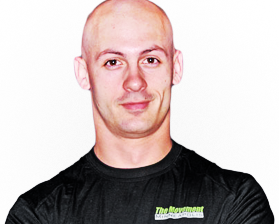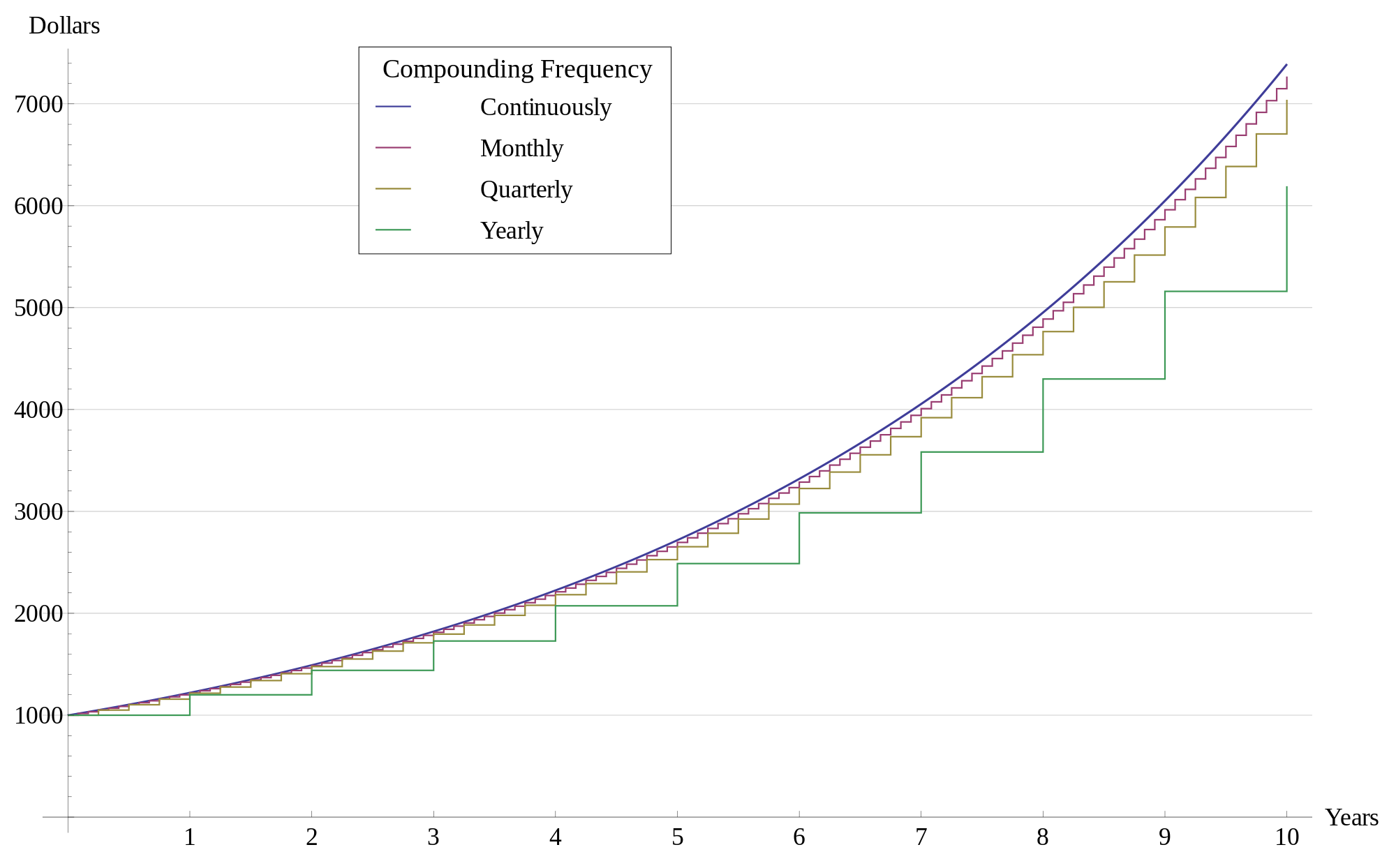
“Avoid the afternoon energy crash!”
“Keeps your energy level high all the time!”
In this capitalist treadmill where productivity and quantity of output is valued above everything else it’s almost a sin admit you’re tired. Foods and diets are advertised to keep your energy level steady, and it’s deemed a bad sign if a food causes your energy level to “crash” after eating it.
But hang on a second let’s examine that.
Physiologically we are designed to swing between sympathetic and para-sympathetic states. Fight and flight or rest and digest.
All the literal and figurative bells and whistles of modern life are constantly driving our sympathetic states throughout the day from the moment you wake up to your screeching alarm to before you close your eyes when you check your social media notifications one last time.
I don’t know too many people who are overly para-sympathetic or resting and digesting too much.
So, in thinking about it that way, would you still consider it a bad thing that a food makes your energy crash? Maybe instead of being an indication that the food isn’t good for you it’s an indication that it is exactly the right food for your body to trigger rest and recovery.
Sure, it’s not compatible with a 3pm meeting. But who said that shit was compatible with our physiology to begin with?
Do you think there might be a reason MOST cultures have an afternoon nap tradition?
Maybe a little reframing of “bad” and “good” might be in order.
Just some food for thought.
(Puns always intended.)



